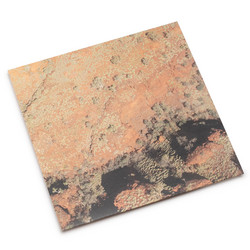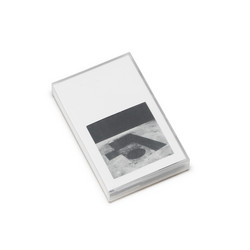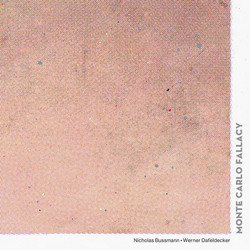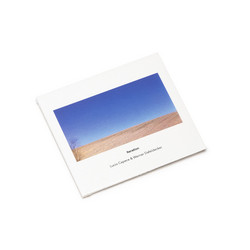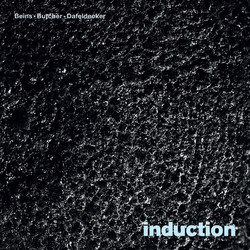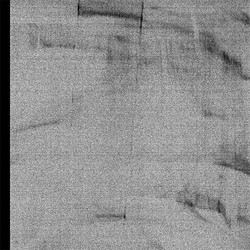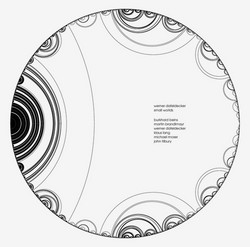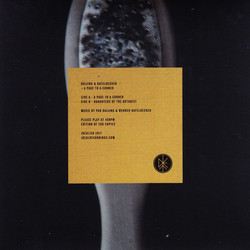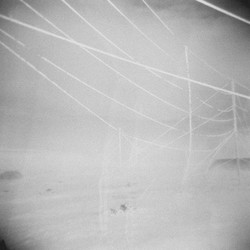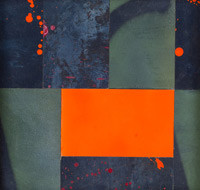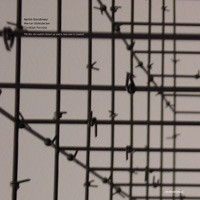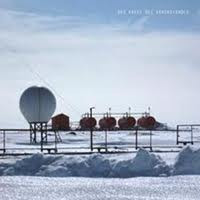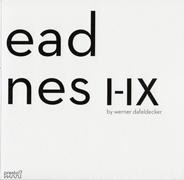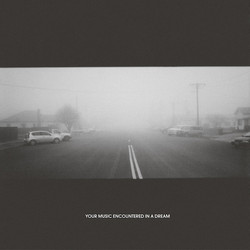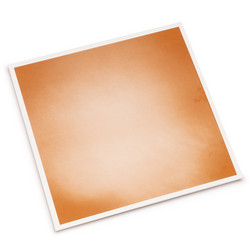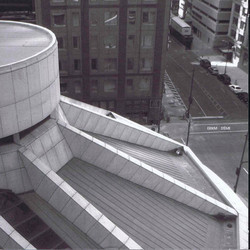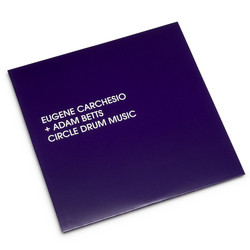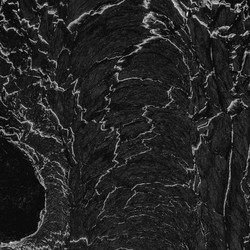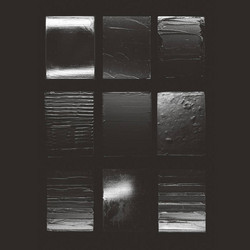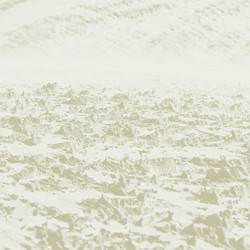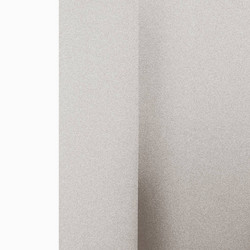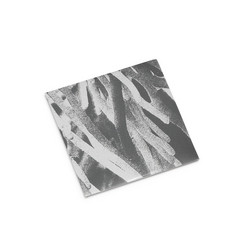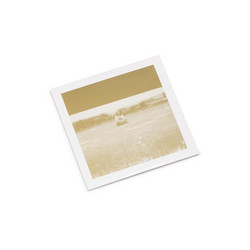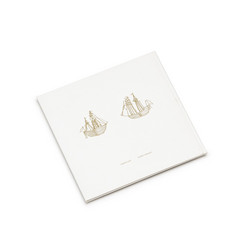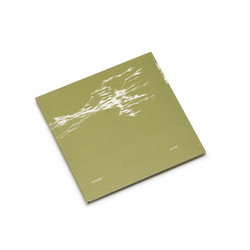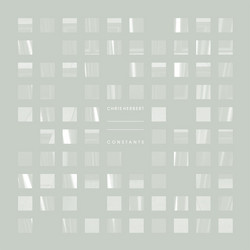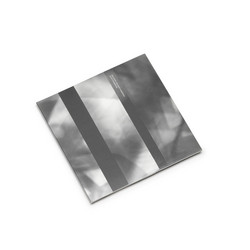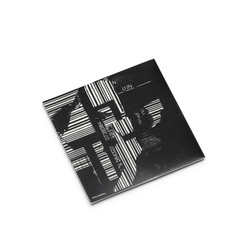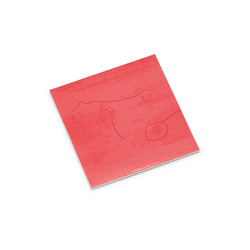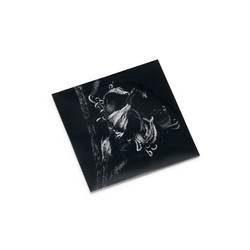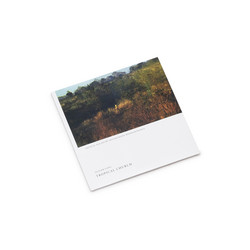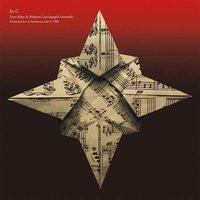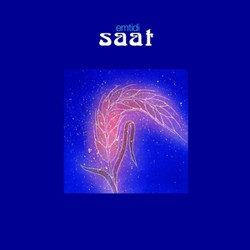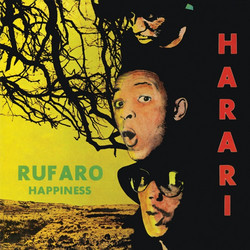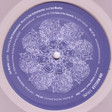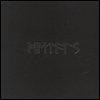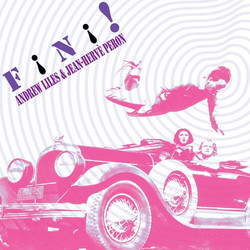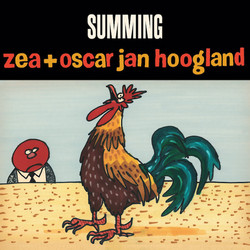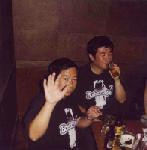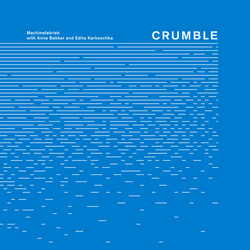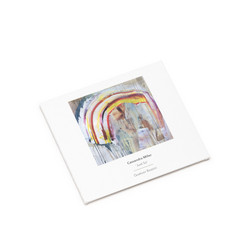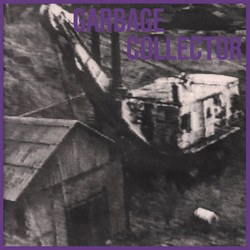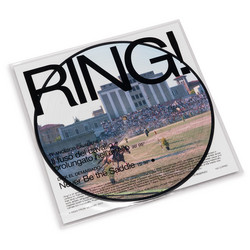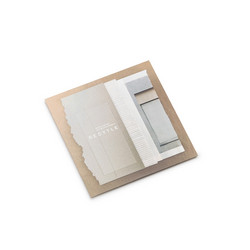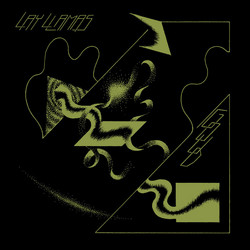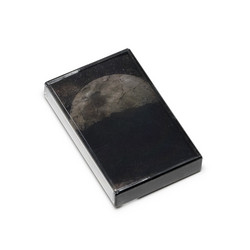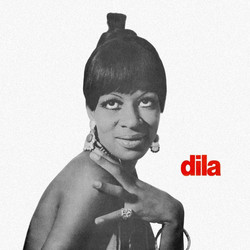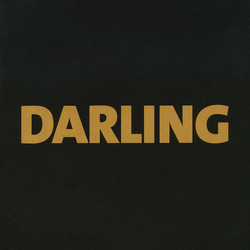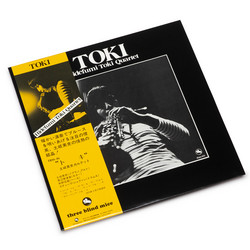Limited edition CD with matte laminate and monochrome printed jacket. Austrian composer and musician Werner Dafeldecker has carved out a pathway through the avant-garde that takes in the artforms most intensive and evocative characteristics. A founding member of contemporary sound unit Polwechsel and collaborator to artists such as John Tilbury, Sachiko M, Fennesz, and Lawrence English (amongst others), his solo output has picked up intensity over recent years. Neural, a career defining edition from him, pairs two works that highlights his pre-occupation with timbre, stillness and subtle dynamism. They are works of patience and delicate but inescapable tension, a profound balancing act that lands the pieces deep within our minds ear. Features: Nicholas Bussmann (cello); Judith Hamann - cello; John Heilbron - double bass; Lucio Capece - bass clarinet; Wolfgang Seidl - gongs.
A note from Werner Dafeldecker: "For whatever reason, I have always found the idea of using alien material as the structuring element of an artistic process exciting. That doesn't mean the elements always stay, but rather I often remove them right at the end of the creative process. This working method creates areas of tension that reflect the artistic process on a different emotional level. It reduces the sense of creation and moves more toward accomplishment. This method applies to both pieces of this phonogram in a similar way. Neural places sound surfaces as its central focus and is inspired by the idea that neural networks develop a memory when they repeatedly send information. The ensemble focuses on vibrations and rhythmic variations of the overtones, which are caused by dynamics and pitch shifts in the microtonal range. With the passage of time and performance practice, spherical, acoustic stamps become established, caused by the conscious perception of when rhythm changes into sound sensation and vice versa. For 'Tape 231' I re-discovered a long-forgotten music cassette in my archive which contained peculiar percussive electronic sounds. As Lucio and I worked on the recordings of his elongated tones and multi-phonics I again was drawn to the idea to use the tape sounds primarily as a structuring element for the piece, (time, density, dynamics) only to be left out afterwards. The targeted handling of hidden structures evokes a somewhat stubborn emotionality when dealing with creative processes, I like that."
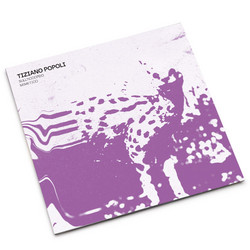
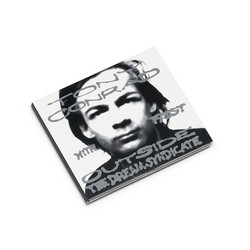
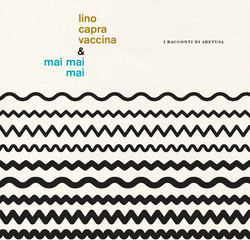


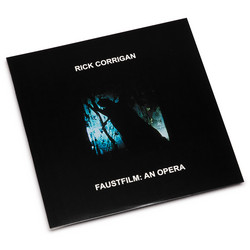
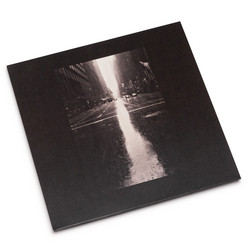
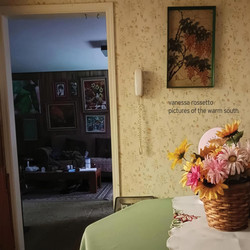

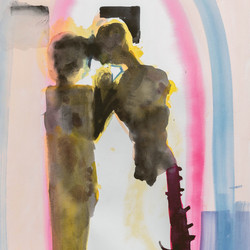
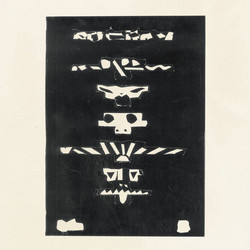
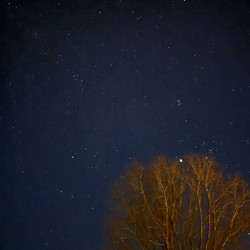

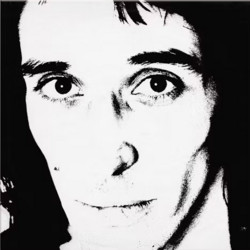
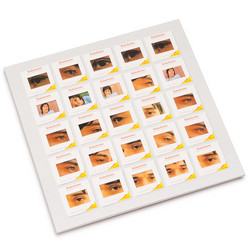
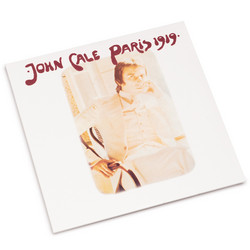
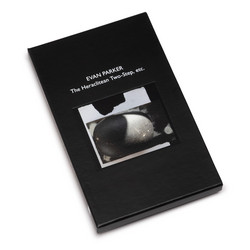
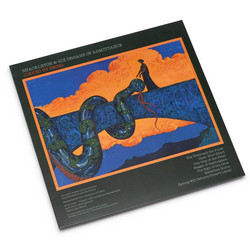

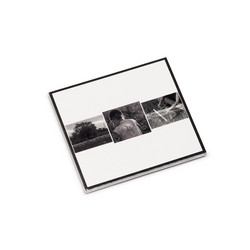
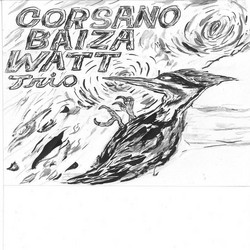
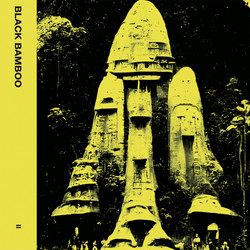
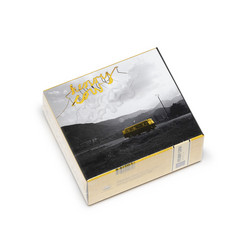
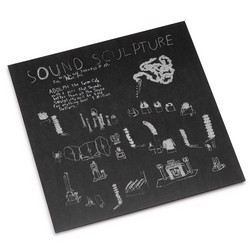
![Travelling Sound Images - Cognitive Transfers [Duo] [LowToneStudies #19]](https://cdn.soundohm.com/data/products/2024-09/4-jpg-6.jpg.250.jpg)
